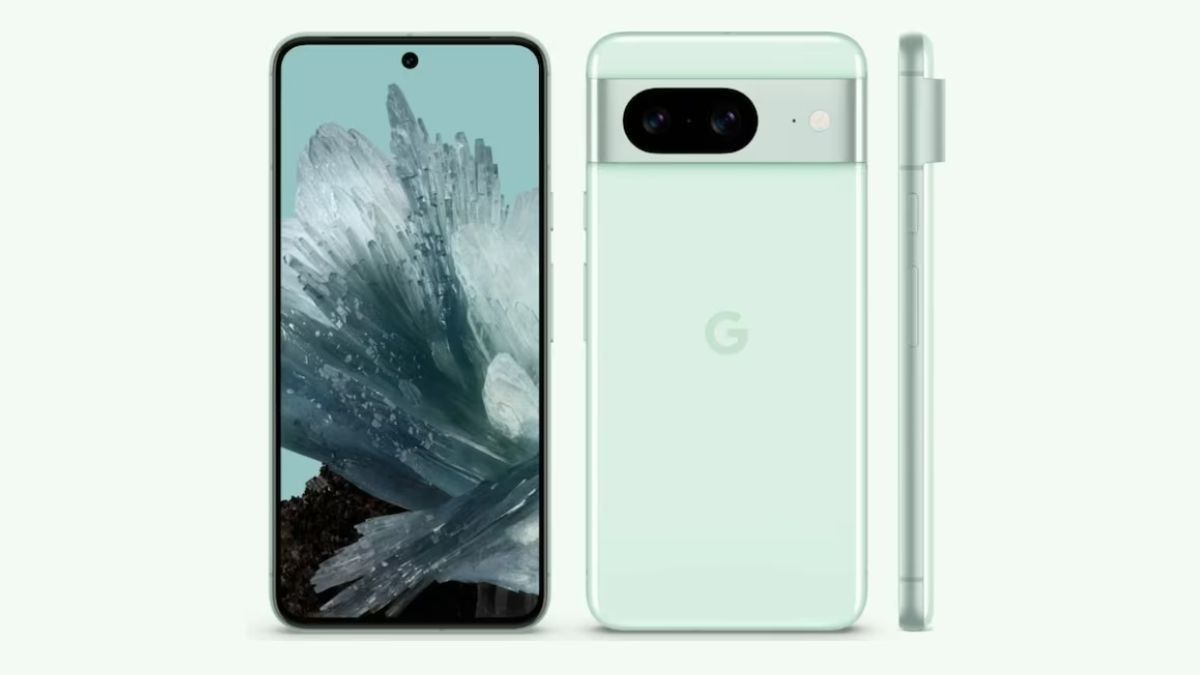
Google’s Pixel 8 series, encompassing the Pixel 8 and Pixel 8 Pro, has recently been updated to include a significant new feature: the ability to mirror the smartphone’s screen to an external display. This functionality, introduced through the Android 14 QPR3 Beta 2 update, leverages the DisplayPort Alternate Mode, a first for Google’s smartphone lineup. Despite its absence in the official changelog, the feature’s discovery has sparked both excitement and speculation among the tech community.
Unveiling Screen Mirroring
The inclusion of the DisplayPort Alternate Mode by default in the Pixel 8 series facilitates screen mirroring when connected to an external display via a compatible USB Type-C cable. This development marks a pivotal moment for Google, as previous Pixel models, including the Pixel 7 series, had this capability disabled at the hardware level. The sudden enablement of this feature, without prior announcement, has led to debates regarding its permanence and the potential for future enhancements, particularly in anticipation of a more comprehensive desktop mode in Android 15.
Speculations and Implications
Speculation abounds that the feature’s introduction may have been accidental, raising questions about its longevity in future updates. However, others believe that Google’s decision was strategic, aiming to lay the groundwork for an enhanced interface between Pixel devices and external displays. This move could signify a significant shift in how users interact with their smartphones, transforming them into versatile computing devices capable of broader functionality beyond their traditional scope.
Looking Forward
While the current iteration of screen mirroring is a notable addition for the Pixel 8 series, its full potential, particularly in conjunction with a rumored desktop mode in Android 15, remains to be seen. For users of older Pixel models, the news is bittersweet, as hardware limitations preclude them from enjoying this new feature. Nonetheless, Google’s ongoing updates, such as the recent expansion of the Circle to Search feature for the Pixel 7 series, continue to enhance the user experience across its device ecosystem.
As Google navigates the integration of this new feature and its implications for future device functionality, the tech community watches with keen interest. The potential for a seamless desktop interface could redefine mobile computing, positioning Pixel devices at the forefront of this transformative journey.




















